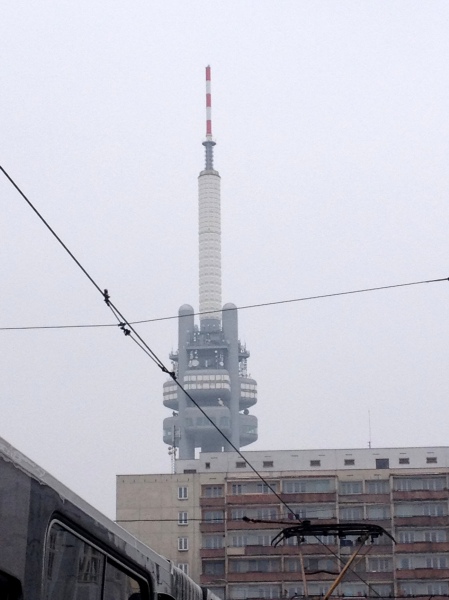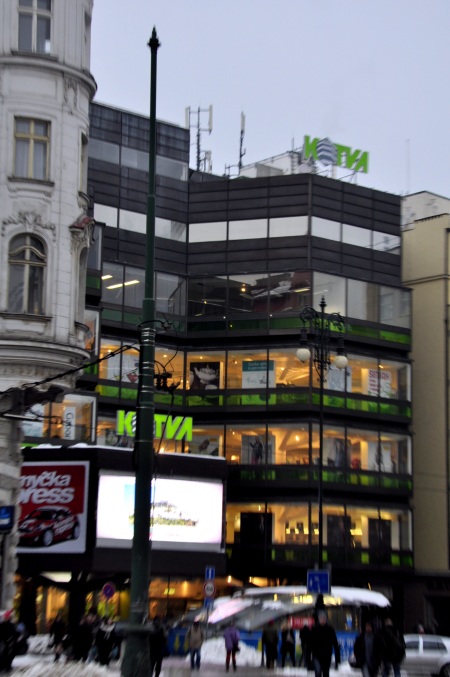Jan Sladek about the panelaks:
“One of the symbols of communism, everyone who been around Europe knows panelak can be found in France, if you look at south cell it’s one of the biggest panelak in France, in Czech republic it depends on the location, you can be part of the cities with panelak which are beautiful with good transports and some that are isolated. Now I talked about shortage, the same shortage that there was with wages was the same with housing, I remembered that my family, it was so hard for them to get a flat because they could not buy a flat. So we had to wait for the regime to build a new one and it took the regime 15yrs to build a flat… for some people that was quite a long time.
Yes it was a solution to quiet a massive shortage in housing and people were all glad for having this, not all the buildings were that bad, some of them were in beautiful location. What the problem was…the management of the building where you have 8 buildings and 40 flats. (I am talking about the panelaks where I grew up) I remember several things when the lights went out, it took days for someone to get it fixed because you had to call to get it fixed, there was no private sector who would fix the problem, you had to call the municipality and they would say we would put you on the waiting list, our electrician would come and solve the problem in a few days, the same with the lifts systems as well. These are for common places as well as flats.
The flat was also owned by the state so the state was responsible for fixing it, this happened frequently that the people started to help themselves; I would say this was irresponsible form the government, under normal setting, you are a tenant, and you are investing in fixing up the place. People started developing close ownership of the flat. So when the regime failed on of the first question was to what is there to do with all this state flat, they had to find a way to give it out to people so the flats were privatised, so people where glad that they had one secured thing in their lives which was housing.
Again I am coming to my flat 8 stories 40 flats, 40 families. In 1994 each family got the chance to buy the flat which was on the condition that all families would do this, which not everyone wanted to stay or to buy. So there was a huge negotiation we had to renovate all the building, this went okay but there was no law about the management of the public space. So again the problem of lift and light management was still the same, it took some time to develop a strategy on how to solve the problem even though it did not work, one of the problem was, that we shared difference flat but who share the ground beneath the building all this little things lead to do with the ill management of the building and it started to de-tolerate which again was a huge contribution to all the bad image of housing.
The interesting thing about Czech panelaks which is difference from British housing, French housing, I would say even American housing, was giving their housing shortage which was distributed all around society. We had very great mix of social demographic mix in one building it was not like only poor people would leave there, we got professors, physicians and workers in the same building.”
Marina Gogeanu
Interview transcribed by: Lesoda Otu-Iso











